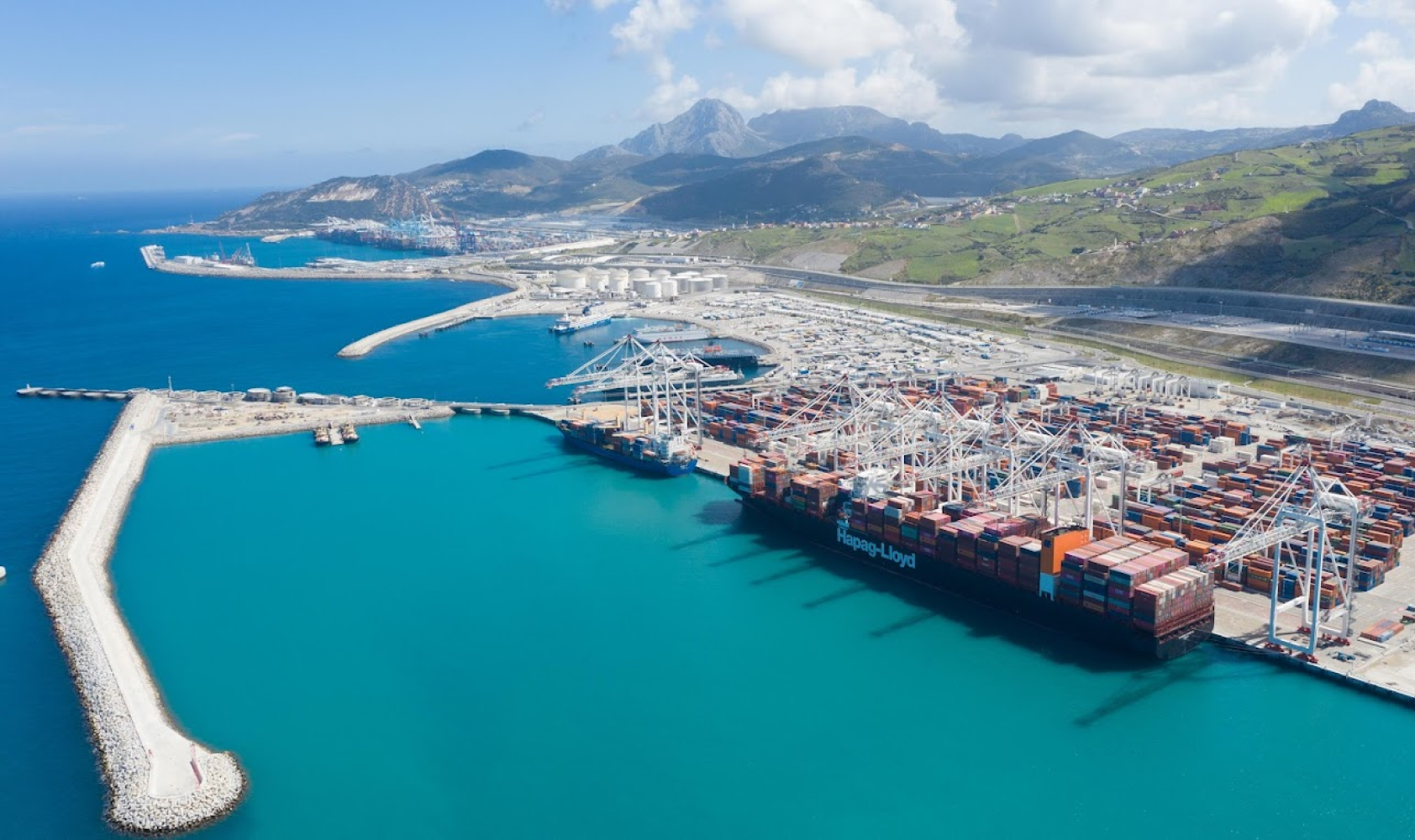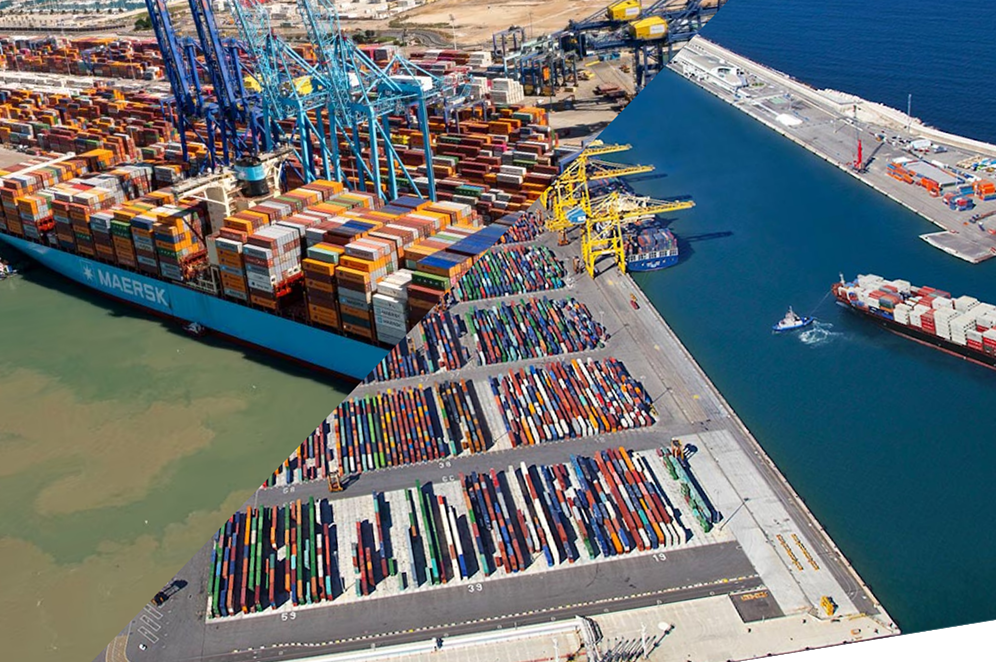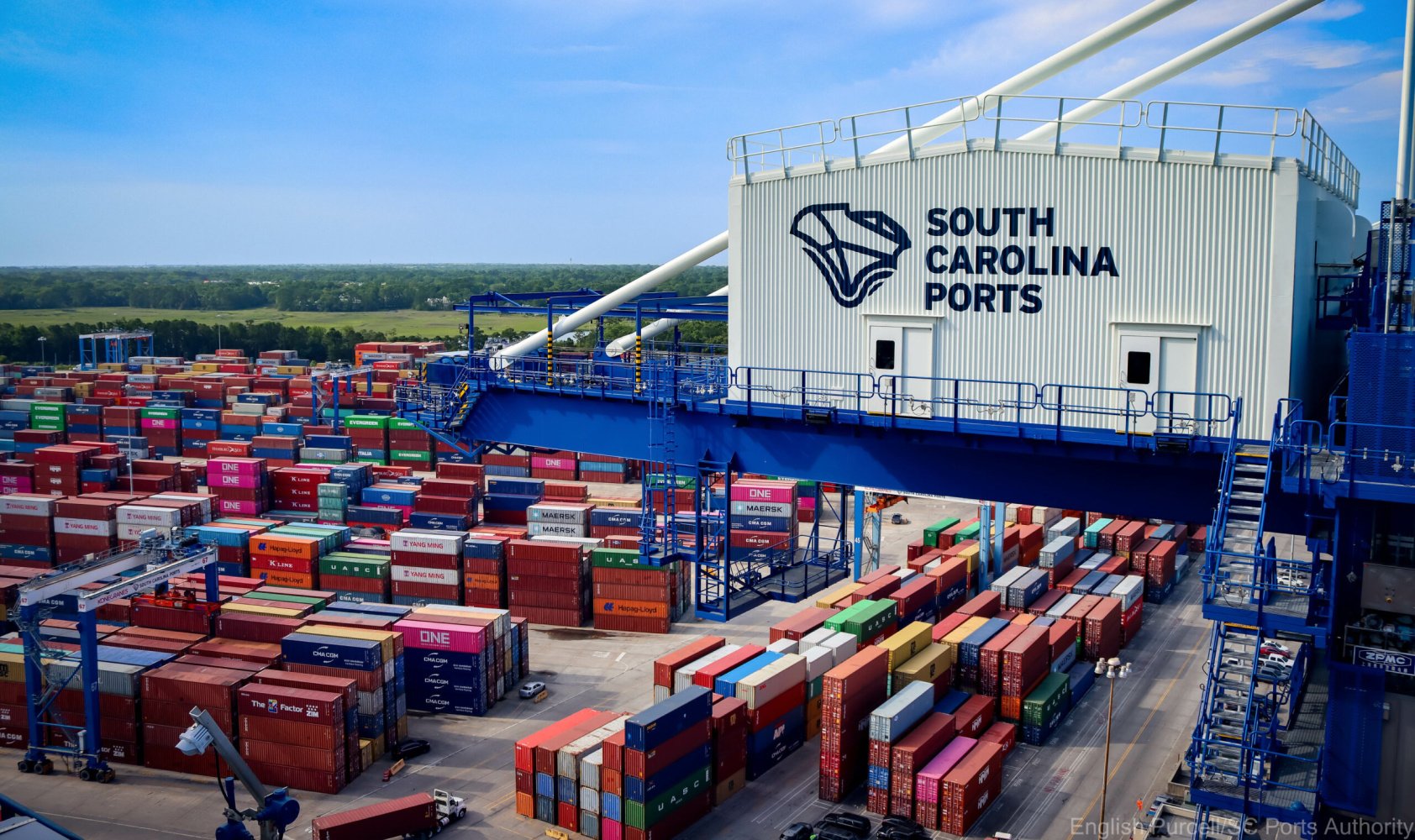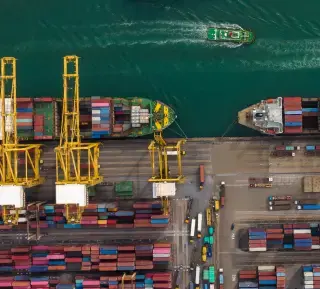Berth planning optimization solutions, such as Portchain's BOE, hold the key to improving a terminal's throughput. When a capacity-constrained terminal has to increase throughput, its COO often faces two main choices:
-
- Operational improvement programs. Ramping up training, performance management and process changes to squeeze additional throughput out of existing equipment and manpower.
-
- Investments in additional STS cranes, straddle carriers and RTGs.
Operational improvement programs, while often delivering improved results after months of implementation, can cause many challenges. Some of them are increased operational risk and a reduction in capacity. While implementing new processes, potential issues with labor unions might appear as they may not support increased performance management measures.
Resource investments can also seem like the “easy” way out from an operational perspective. However, they may not create the desired ROI that the CAPEX approval business case is based on. With a $10M+ price tag, a new Super-Panamax STS crane is a significant investment for most terminals. This reduces their opportunity to invest in other equipment and software that could have an even greater impact on increasing throughput.
Increasing throughput with berth planning optimization
An often overlooked, but powerful way to increase terminal throughput, is berth planning optimization. Extending the planning horizon while simultaneously optimizing resource utilization is a smart way to generate more volume from the same equipment and manpower.
Many terminals today have a planning horizon that in practice extends to 2-4 days. Most strive to increase it to 7 days of foresight. At the same time, they may have idle capacity as a result of manual planning in spreadsheets, and basic tools that do not offer any kind of optimization and decision support for the planners.
At Portchain, we strive to deliver significant operational impact, while making the life of the planning team easier, providing decision support using mathematical optimization and machine learning. Across terminals of various sizes, we often see an untapped opportunity to increase throughput by 10%+.
Berth planning optimization as a “quick win”
We believe that there are 4 main reasons for operations teams to consider the power of berth planning optimization before venturing into the more traditional efficiency levers:
-
It reduces idle time and drives up throughput, without any investments or extensive performance improvement programs.
-
It captures results early. Once you use optimization in your planning, it has an immediate impact on your decisions, resource utilization and capacity.
-
The planning horizon can be extended to enable better use of available gangs and immediately understand the implications of today’s decisions on the next week of planning.
-
The process changes are limited to a small core group of planners, who will experience a significant reduction in the time they spend manually updating and creating plans. This will allow them to evaluate scenarios and the most cost-effective plan that maximizes client service levels.
-
Use Artificial Intelligence to unlock more operational value
At Portchain, we work with our clients according to this philosophy on a daily basis. We combine cutting-edge mathematical optimization and machine learning with easy and intuitive cloud solutions. Our two Artificial Intelligence solutions for terminals and carriers unlock operational and financial value without the need to expand investments in physical infrastructure, ensuring that you always get the most out of what you already have. Visit our website to learn more about us.



